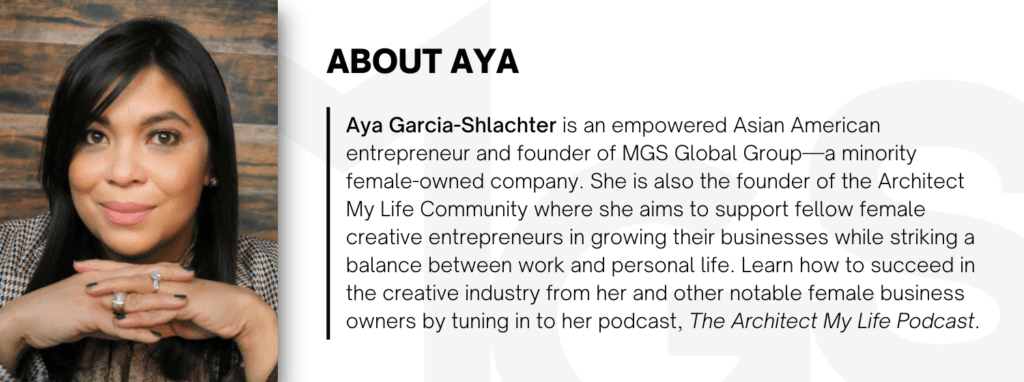Effective Strategies for Managing Scope Creep in AEC Industry
- 5 min read
- June 29, 2023
Imagine you’re an architect building your dream house. While bringing your vision to life, you may encounter moments when new ideas emerge or team members propose changes. This phenomenon is called “scope creep.” It means your project is expanding or evolving beyond the original plan you had envisioned, which can lead to project delays and budget overruns.
In this article, we will explore effective strategies for managing scope creep in architecture projects using the A.C.E. approach. Each letter in the acronym represents a powerful strategy that architects can employ to navigate the challenges of scope creep and achieve successful project outcomes.
Align Expectations
To effectively manage scope creep in architecture projects, alignment of expectations is crucial. This involves clear and open communication about project goals, timelines, and budget constraints to ensure all stakeholders are on the same page. Additionally, a well-defined scope of work documented in the project proposal or contract sets boundaries and serves as a reference point for any proposed changes. Breaking down the scope of work into smaller tasks helps identify potential areas for scope creep. Including terms and assumptions in the project breakdown further minimizes misunderstandings and facilitates evaluation of changes.
Communicate Proactively
Proactive communication is key to managing scope creep. Architects should establish clear and open communication channels with clients and team members to ensure project requirements are understood and addressed. Regular check-ins and progress updates help identify potential scope creep and address issues proactively, ensuring the project stays on track. Implementing a structured feedback loop and change management process allows for efficient documentation and evaluation of proposed changes, reducing the risk of scope creep.
Embrace Change
It’s important to recognize that scope creep is not always negative; it may present opportunities for additional work or improvements. However, managing it effectively is crucial to maintain a balance between meeting the client’s expectations and staying within the project’s constraints. Always evaluate the proposed changes based on the impact on the project’s timeline, budget, and resources, and negotiate with the client accordingly. Additionally, having a contingency plan in place can help mitigate potential risks associated with scope creep.
Managing scope creep is an essential skill for any project manager. By following the A.C.E. approach—Aligning Expectations, Communicating Proactively, and Embracing Change—architects can navigate the challenges of scope creep, minimize project delays and budget overruns, and deliver exceptional results. Remember, with a proactive mindset and effective strategies, architects can turn scope creep into an opportunity for growth and create remarkable architectural masterpieces.
Was this insightful? Give a thumbs up or post a comment.
For more of our blogs, check out https://mgsglobalgroup.com/blog/.

Connect with us!




Your article helped me a lot, is there any more related content? Thanks!